Late in the nineteenth century, a Connecticut inventor named W.N. Woodruff invented the Woodruff Key, a way to mate parts to rotating shafts. Mr. Woodruff came up with the ingenious idea of inserting a semi-circular key into a keyway cut longitudinally into a shaft so that a portion of the key protrudes as a tab from the keyway. The tab fits into a notch on a part placed over the shaft and prevents the part slipped over the shaft from freely rotating about the shaft.
Another benefit of this setup is it eliminates the need for expensive milling of an integrated tab into the shaft which concentrates stress. This configuration also helps to concentrically align the shaft and mated part which is critical to reducing wear and vibration in high speed applications. According to Wikipedia, the woodruff key is widely used in machine tools, automotive applications, snowblowers (but how widely used could that be?), and marine propellers.
How ingenious was this idea? Well…Mr. Woodruff’s invention was SO ingenious that in 1888 he was presented with the John Scott Medal by the prestigious Franklin Institute, where over the years many famous scientists have demonstrated groundbreaking new technology. For example Nikola Tesla demonstrated wireless telegraphy at the Institute in 1893, and in 1934, Philo Taylor Farnsworth gave the world’s first public demonstration of an all-electronic television system.
You may be wondering how I know so much about woodruff keys. As recently as two weeks ago, I didn’t know *squat* about woodruff keys. Well, as it turns out, neither does most of the civilized world—especially those who work in automotive parts retail establishments.
If that isn’t bad enough, those enlightened few that *do* know about this part refer to it with different names (none of which are universally recognized either): “crankshaft key”, “harmonic damper key”, “key damper retainer”, “crank key”, “harmonic balancer retainer key”. And just to further complicate things, these devices (whatever they may be called) come in a dozens of “standard” sizes. Here’s a website that offers Woodruff keys “in all standard sizes”:
In case you didn’t already know, the standard Ford 302 cu.in. small block crankshaft requires a 3/16” x 1 13/32” key (and how I learned what size I needed could be the subject of another long essay). These dimensions may be alternatively expressed decimally as .1875” x 1.406” (not that those dimensions meant anything to anyone at NAPA Auto Parts, Kragen Auto Parts, O’Reilly Auto Parts, etc). Just for kicks, go back to the Stanho link above and see if you can locate this supposedly “standard” size Woodruff key in their key list…or alternatively, you can just take my word for it that Stanho’s woodruff key list is specifically devoid of the one “standard” size Jack and I needed. You won’t find it at Stanho or at most of the other places you would think to look for Woodruff keys.
Now keep in mind that Ford manufactured more than one million small block 302 cubic inch engines between 1962 and 2000. Each one of those engines needs this key to keep the timing gears from spinning on the crankshaft (which would prevent the engine from running). Every time one of these engines is disassembled, the Woodruff key on the crankshaft should be replaced. So how difficult could it be to get a standard size (.1875″ x 1.406″) replacement Woodruff key for a stock crankshaft on one of more than one million Ford 302 cu. in. small block engines built between 1962 and 2000? Well, funny you should ask…
(to be continued…)
PLEASE READ THE FOLLOWING IMPORTANT DISCLAIMER: some of the data for this post came from Wikipedia (but please don’t tell Jack or his brothers because their mom and I constantly tell them that “Wikipedia is not an authoritative source”)
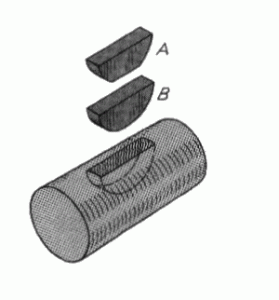
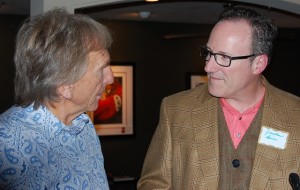
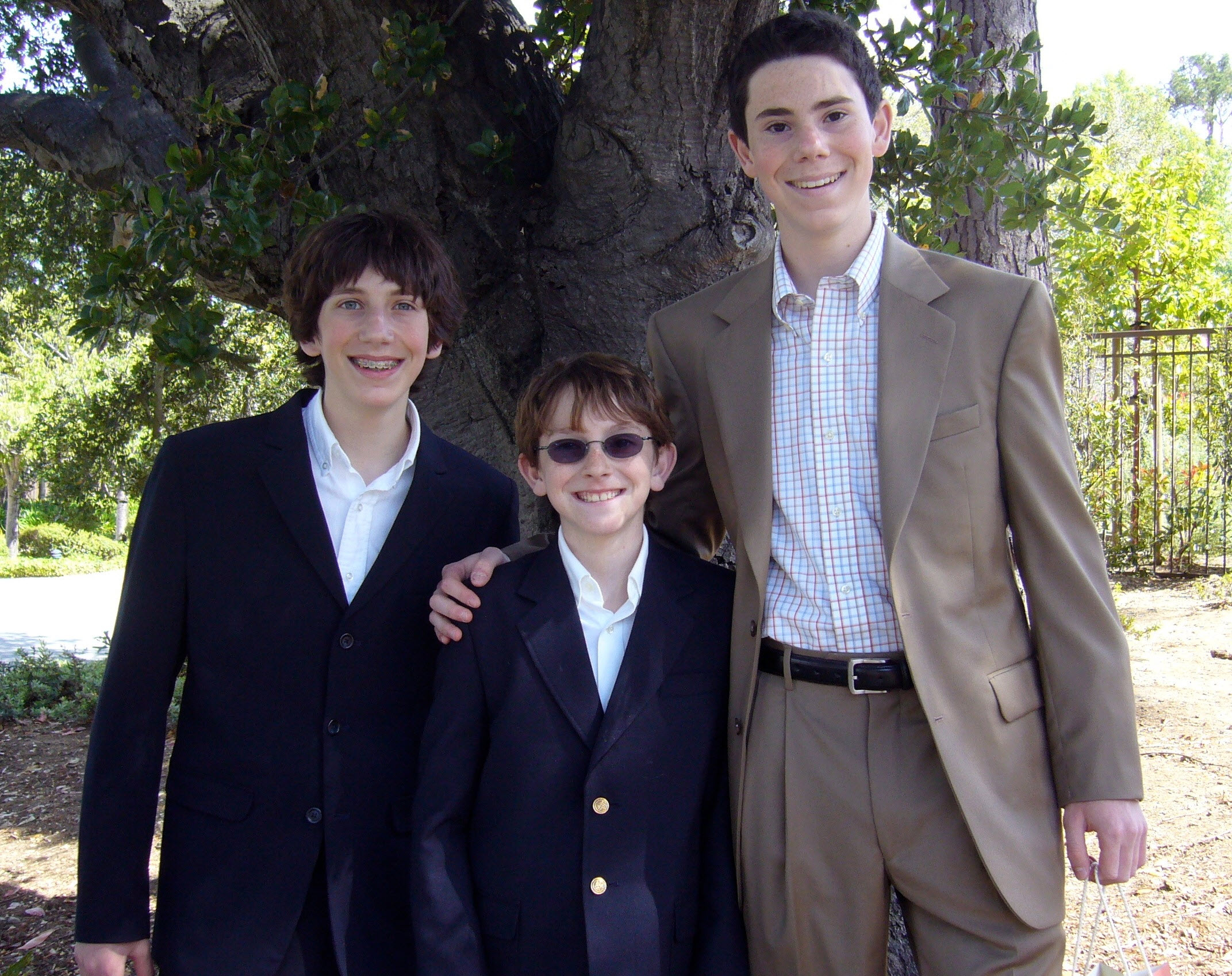

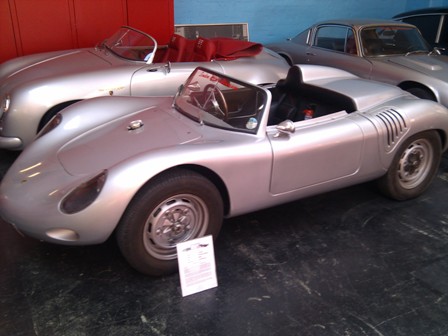
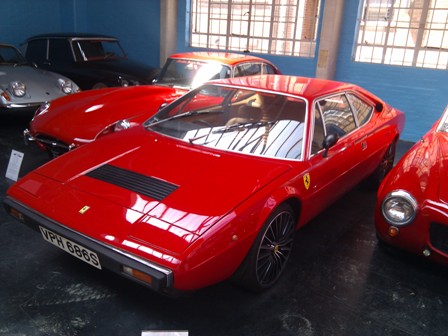
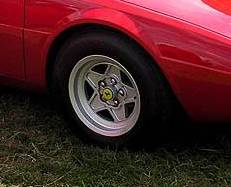



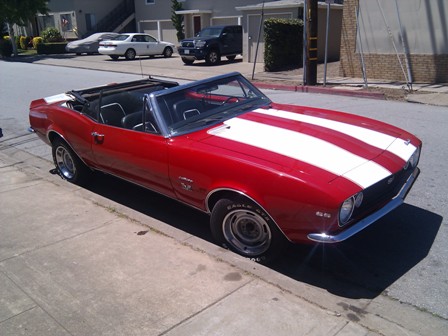
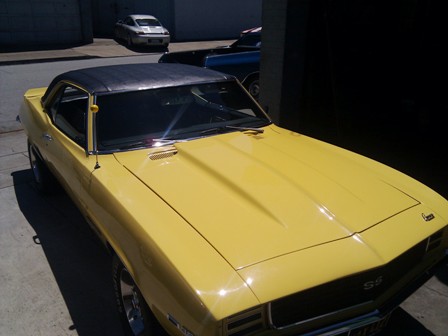
 Feed Validator
Feed Validator